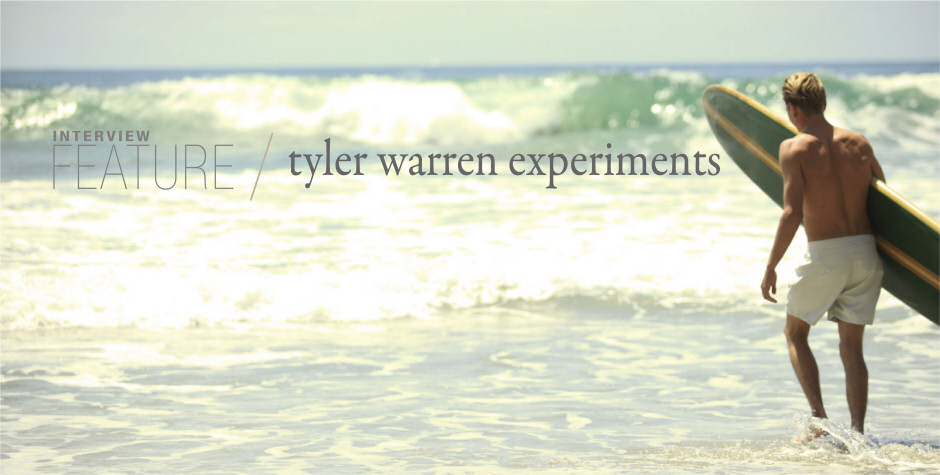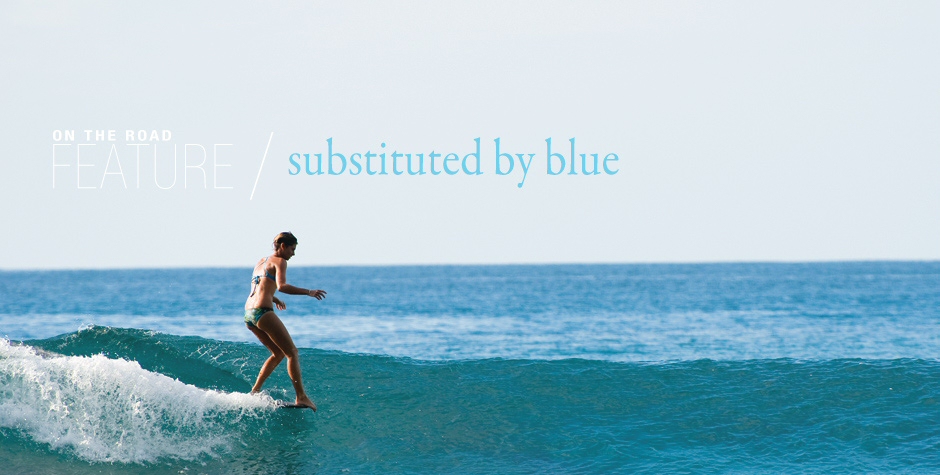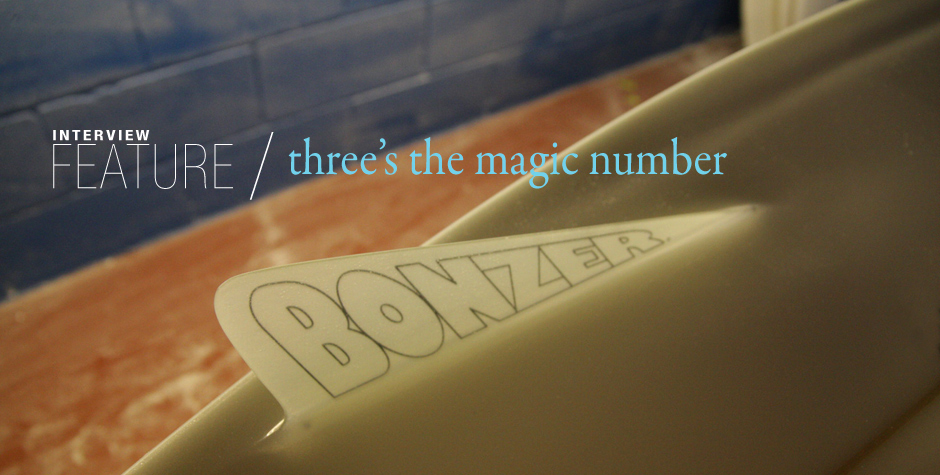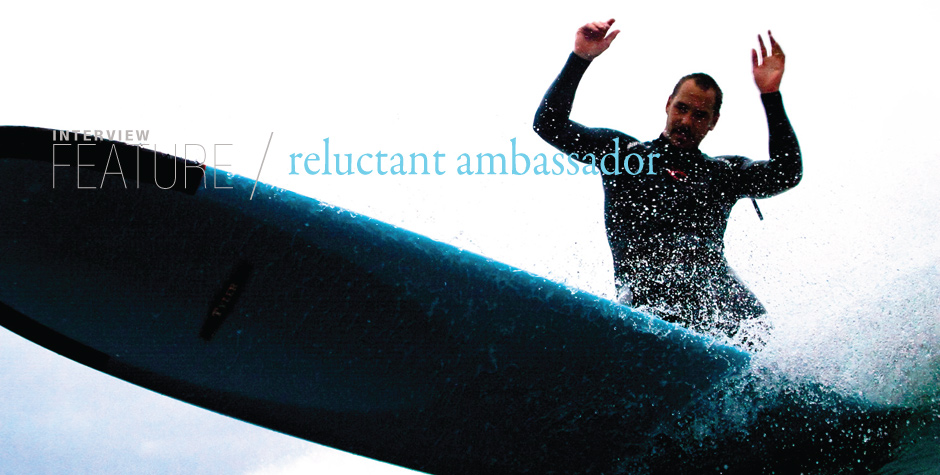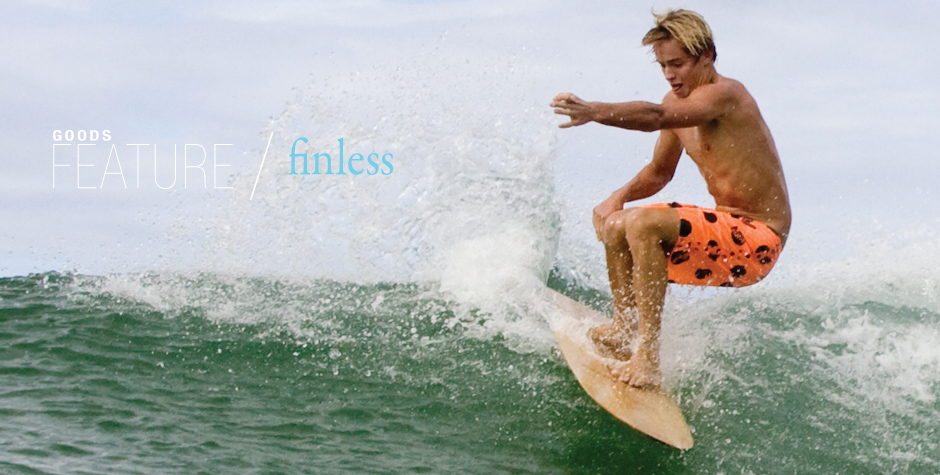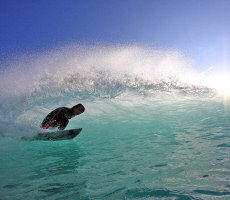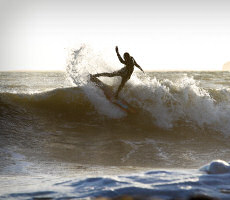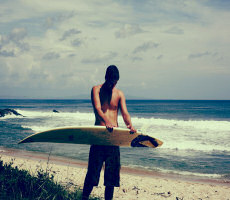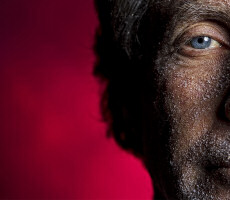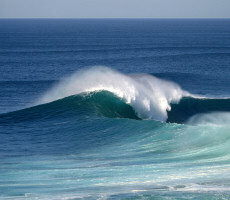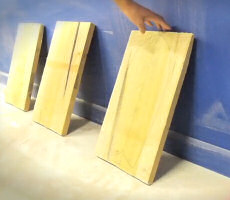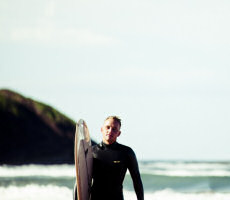A sound investment
 Chris Stevens considered surfers ear an old-wives tale, until he met Rob Shaddick, who learnt the hard way to look after his ears.
Chris Stevens considered surfers ear an old-wives tale, until he met Rob Shaddick, who learnt the hard way to look after his ears.
Since my surfing became more regular, I’ve invested money in allowing myself to surf longer, in a larger variety of conditions and increasing comfort. I now own a winter steamer, gloves, boots and even a cap for the winter. Those things don’t come cheap. I shell out a lot of money on fuel and more recently flights to allow me to surf more places, year round.
But the more I spend in the water the more I’ve begun worrying about the adverse affects that surfing may have on my body. When surfers ear cropped up in conversation I wrote it off as a myth. As it cropped up more and more in forums, I began to look into it more seriously.

Ear after surgery to remove growths
For those of you who are unaware, or not sure, surfers ear (medically known as exotossis) is your body’s way of protecting your inner ear. In simple terms your ear doesn’t like being filled with cold water or having the freezing wind pummel it, so to fix the problem it decides to seal itself over.
And that’s where the issues arise. By creating bony growths to seal itself up, dirt and water get trapped, leading to infections. What worried me most is that the more I surf, the more extreme the conditions and the more likely it is to occur. And so I got in contact with a company that I’d bookmarked for a while called Surfplugs. After dubious results with disposable ear plugs and even Blue Tack, I figured I’d see what they had to offer.
Ali and Rob Shaddick run Surfplugs, and they talked me through what was needed.
Ali inserted a mesh sponge into my ear canal attached to a thin thread. This basically marked the point at which the plug would reach into - creating a comfortable, water tight fit. She then mixed up a red putty, and filled a large syringe. The mixture was then injected into my ear and left to set. This was then repeated on my opposite ear. It was a peculiar sensation, much like cupping your hands tightly over them, but it gave me a good insight into what wearing the plugs would be like.

The moulded putty to create a negative
After a few minutes the moulds were carefully removed, revelaing a rather odd-looking pinkish replica of my ear canal.
Then came the fun bit, personalising my plugs. From the briefcase came a whole heap of colour designs, offcuts and logos to choose from. After sifting through them I opted for a white/blue swirl, to match my board. I also decided to go with the optional leash so that I could attach it to my wetsuit.
The next step is to make a negative of my mould. This is done by coating the mould in wax to seal it and immersing into a small pot of plaster. After this is set the original mould is removed and you are left with one negative. These negatives are also kept on file for three years, so if you need spares or replacements Rob can get them to you without the need to go through the whole process again.
The Surfplugs have a lifespan of around three years, after time your ear canal changes shape and size, so a new mould is needed after this.
The next step is creating the framework for the final plug. Rob mixes up the colour choices and marbles them into the negative where they are left to set. They are then removed and any excess is trimmed off. The final shaping process is a complex affair. Everything is tidied up and rounded off by hand, using a creative combination of scissors, medical instruments and a mini sander.
All that’s left to do is lacquer them to make them waterproof, three coats does the trick. And a length of wire inserted into a block of flower arranging foam allows them to cure. They arrive packaged up, complete with instructions and a storage case.

The finished article
Rob’s Surfplugs business was born out of unfortunate circumstances. As a surfer he spends as much time as possible in the water. As an ear doctor he spends his days telling people to protect their hearing. Unfortunately he is his worst patient and he developed surfers ear.
Rob took his everyday job and used it to turn his misfortune around. He developed the plugs to stop surfers ear developing even further. The growths could well result in surgery to drill out the subsequent bony growths. He made another few sets of plugs for some friends and the momentum grew. His audience broadened and Surfplugs was born. Rob now imports specialist materials from the States, travels nationwide for fitting sessions and even has a pimped out Surfplugs van to hit up all the surf festivals.
As more people develop surfers ear, more people are taking preventative measures against it. Rob has never been so busy.

Rob Shaddick with treats galore
Ultimately, Surfplugs may seem steep at £70 per pair, but they’re an investment in your own health and wellbeing. Most sports have protective equipment available, why not surfing? We spend enough on keeping warm; it would be stupid not to consider spending a fraction of that on our health.
For my investment I have a pair of comfy and secure plugs I’m very happy with.
Visit the Surfplugs site and arrange a consultation. Photos by Chris Stevens Photography.
